
The 1970s were an era of new artistic movements and an increasing emphasis on individuality in art. A burgeoning interest in counterculture movements and a rise of novel themes in art and culture characterise the decade. The 70s art was more about protest, rebellion, and human emotions.
As art and technology are closely intertwined, the technological development of the 70s deeply impacted the contemporary perception of creative works and gave birth to revolutions in contemporary art currents, from pop art to minimalism.
If you're an art geek or interested in the avant-garde atmosphere of the 70s, you're at the right place! This post will explore iconic and off-centre 70s art.
Far Out Era: Emergence of Counterculture Movements

Newly popularised counterculture movements, such as feminists and anti-war activists, shaped the 70s art styles. Nevertheless, Hippies, the dominant counterculture of the 1960s to 1970s, had a more and undeniable influence on contemporary art. Starting in the US, the hippie movement influenced many other countercultures, especially the Australian and British underground scenes.
While hippie art and fashion were sweeping the world, psychedelic art in the 1970s became popular with many artists and famous artworks. Psychedelic artists used posters, guitars, vehicles, album covers, and streets as their canvases. Soon, psychedelia became synonymous with well-known rock bands and performers such as Pink Floyd, the Doors, and the Beatles.

The Vietnam War, which started in 1955 and ended in 1975, was a significant element that created the volatile political state and ignited a new avant-garde art scene in the US. As American society was dragged into an atmosphere of distrust against the government, many civilian anti-war movements promoted peace through art.
The Emergence of Street Art
In the early 1960s, street artists in New York began putting their names on public structures, a practice known as "tagging." Yet, no one could have predicted that this "vandalism" would inspire some of the greatest graffiti artists of all time or that it would become a new art style.

The 70s wall art pointed to the emergence of graffiti art, a practice as old as humankind yet previously very obscure. Although cave paintings, ancient Roman and Greek graffiti art, and the famous Kilroy were all wall art, they lacked the depth and sophistication of future street art movements.
Graffiti art rapidly spread throughout the US and the world. Meanwhile, the 70s retro wall art was a main style among graffiti artists who sought an artistic essence in the art's nature. As new artists began practising wall art, they contributed to the movement with their unique styles.

Of course, graffiti art was often intertwined with other artistic movements, such as psychedelia and anti-war counterculture. Some artists used the walls as their canvases to convey various political messages. The street art scene in the US flourished rapidly, and this style of protest art became more popular.
Moon Landing and Sci-Fi Art
When humanity landed on the Moon in 1969, a new era began. Although we had been fantasising about exploring faraway planets and the Moon for centuries, sci-fi was an often-overlooked theme in art. Nevertheless, the 70s were a prolific era for sci-fi art.

The 1970s sci-fi art scene saw the rise of many futurist themes, including cyberpunk, steampunk and so on. Most of these themes narrated a dystopian future as a means of socio-political criticism.
Feminist Themes in 70s Art
The 1970s saw some significant changes in the cultural landscape of the US, and feminist movements played an unquestionable role in shaping the decade. Feminist artists criticised and challenged the traditional role of women through art, bringing attention to the historically marginalised gender issues.

The primary feminist influence on the 70s art style was the creation of new artistic mediums. Famous feminist artists used performance art to give voice to women. Their bodies became their canvases on which they explored issues like sexuality, identity, and politics regarding women. We can list three of the most famous of these female artists:
- Carolee Schneemann
- Yoko Ono
- Marina Abramović
Schneemann, Ono, and Abramović gained a reputation for their awe-inspiring works and projects. Nevertheless, the influence of the feminist movement wasn't limited to the performance arts; themes of women's independence and rights also affected traditional mediums, such as painting and sculpture.

Feminist art didn't focus solely on common visual arts; they celebrated traditionally feminine art forms, such as embroidery and ceramics. Famous feminist artists protested the lack of representation of female artists in museums, creating their own exhibitions to showcase the feminine awakening.
New Architectural Styles
By introducing new architectural styles, the avant-garde aesthetic climate of the 1970s altered how we design modern structures. Brutalism, a post-war architectural style that emerged in the 1950s, was one of the most significant movements in the 1970s. Brutalism was particularly popular in public buildings such as libraries and government buildings.

While Brutalism's influence was apparent, new architectural styles, such as High-Tech architecture and Postmodernism, have emerged. High-Tech was a ground-breaking style that emphasised the structural components of buildings by employing steel and glass. Postmodernism, on the other hand, used eclectic and dynamic designs.
Deconstructivism, which rejected traditional forms and pioneered industrial, disordered, and non-linear constructions, was another avant-garde architectural style in the 1970s. Meanwhile, renewing the relationship between humans and nature gave birth to Organic Architecture. Architects who worked in this style produced structures that merged natural and human-made materials.
Less is More: Minimalism

Minimalism first emerged in the 1960s and 1970s in the United States. The style was characterised by its simple geometric forms and the minimalist philosophy that accompanied it. Minimalism quickly spread and found its way into the visual arts; one of the movement’s key figures was the famous sculptor Donald Judd, who used minimalist themes in his works.
Among other famous minimalist artists of the time were Dan Flavin and Carl Andre, whose works pioneered minimalist sculpture. The artists used industrial materials to create large yet plain artworks lacking elaboration and -seemingly- sophistication. Yet, the simplicity of these works stemmed from the idea of "less is more".
The Influence of the Pop Art Movement

The Pop Art Movement first appeared in the United States in the 1950s. Using popular culture and ordinary objects for artistic purposes was one of the movement's defining characteristics. Pop Art artists disregarded traditional norms and criticised rising materialism through the movement's bold and avant-garde nature.
In the 1970s, the Pop Art Movement evolved, expanding its influence and attracting more interest. Some of the movement's key figures were Andy Warhol, Richard Hamilton, and Roy Liechtenstein, who used popular culture images to explore the idea of consumerism and socio-political issues.
From the 70s to Your Home
If you want to decorate your house with the extraordinary style of the 70s, Artchi got you covered! Our extensive collection of creative pieces includes many pieces inspired by the 70s style. Check out our products to turn your home into a real art gallery.

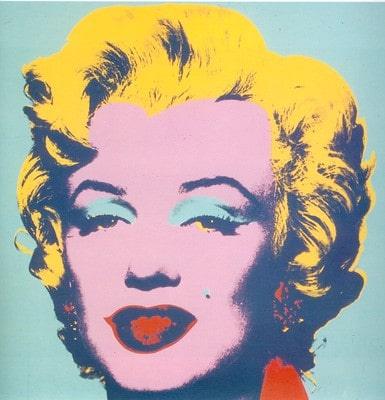
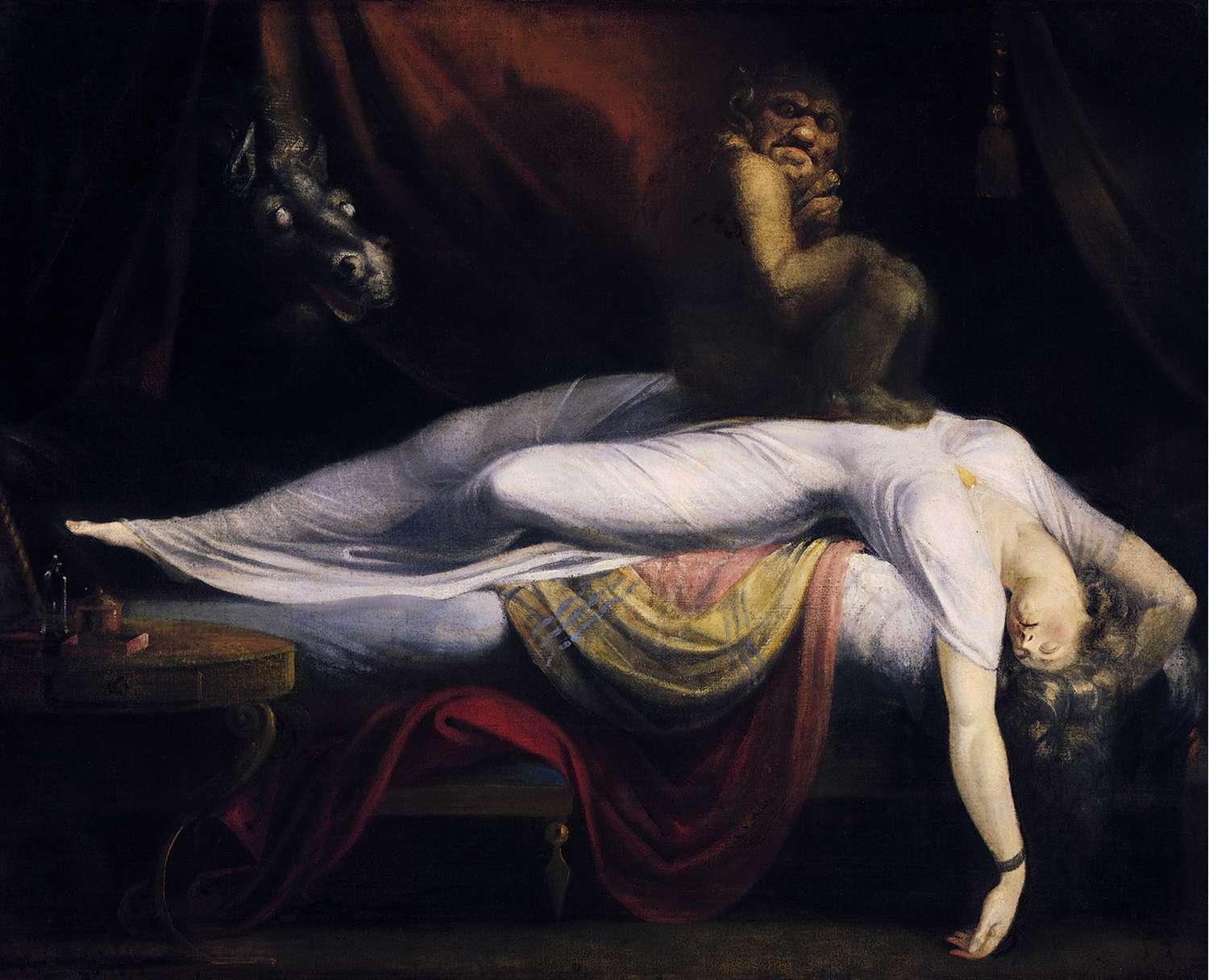
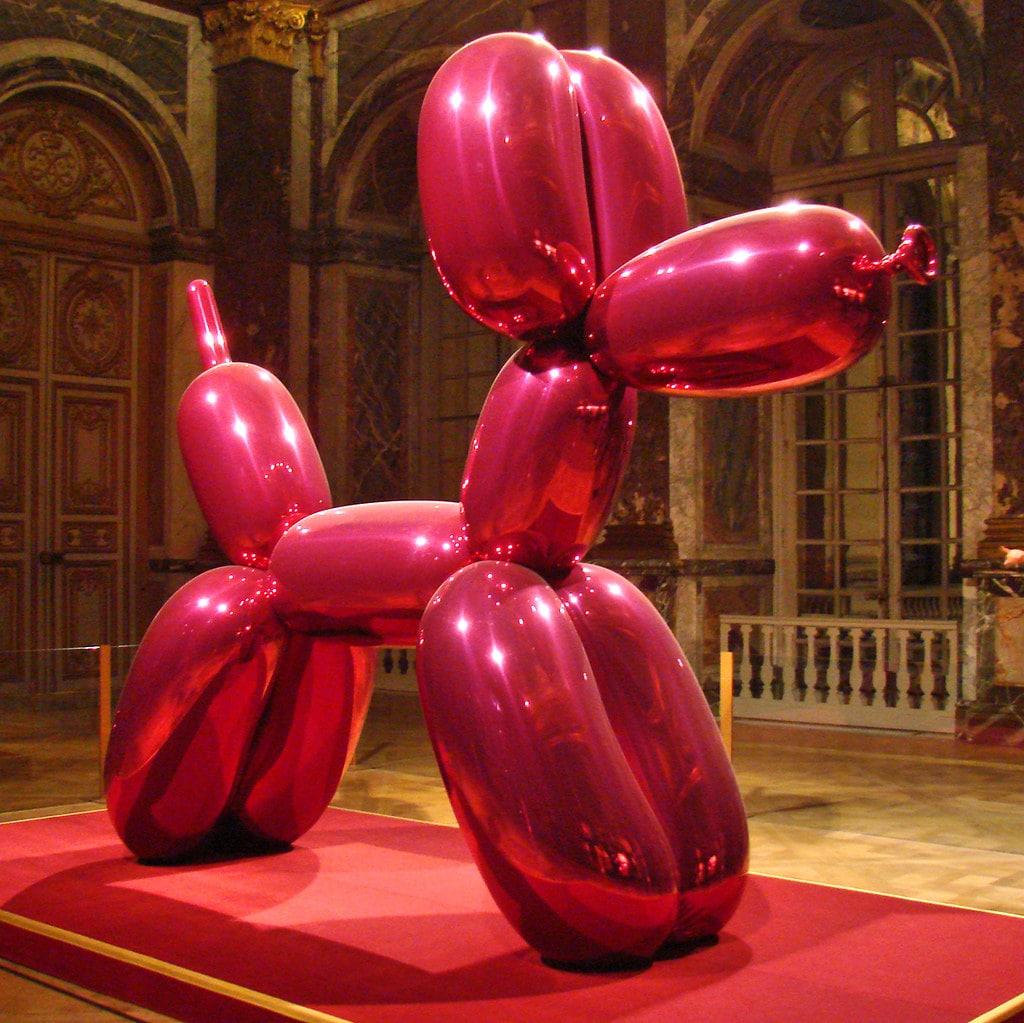
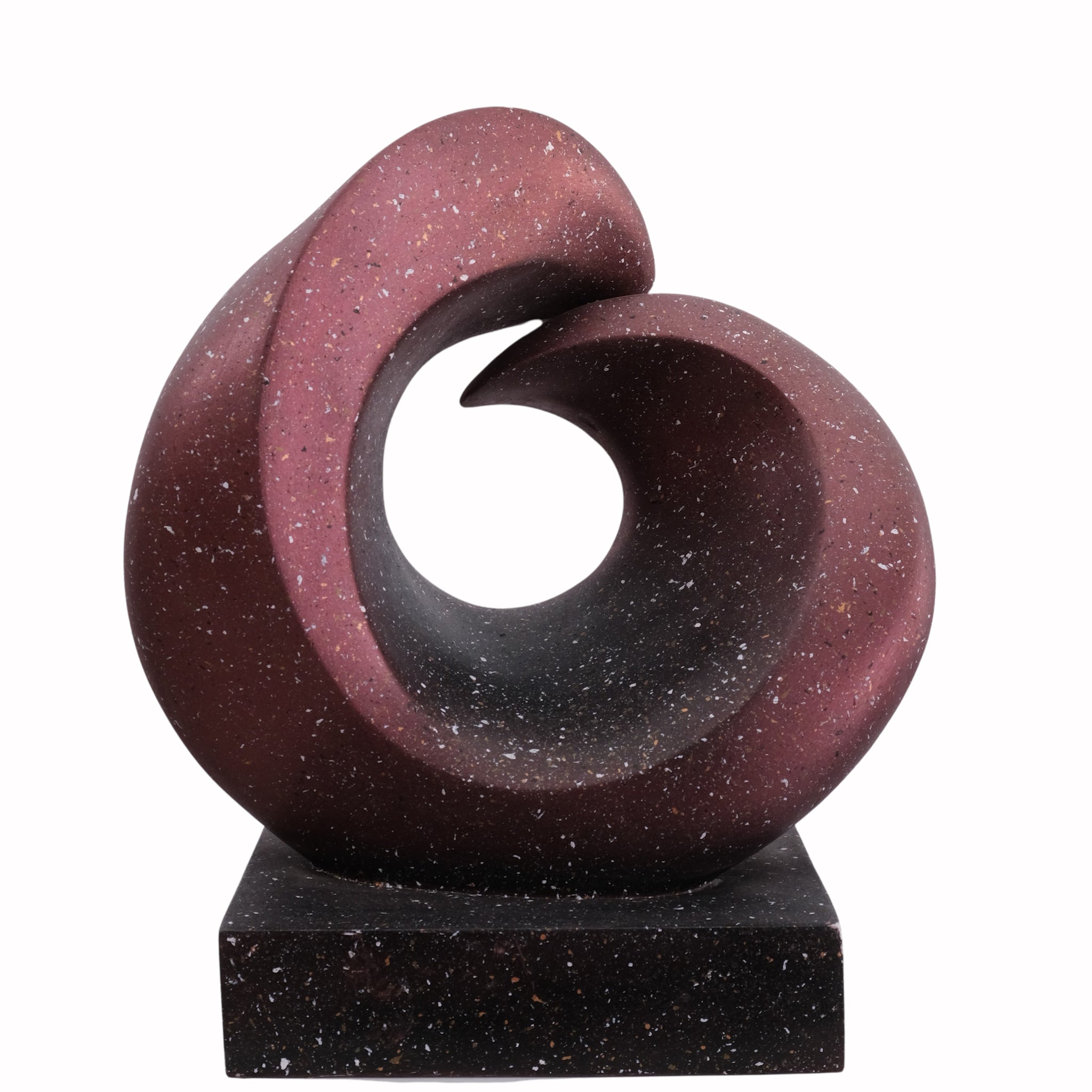
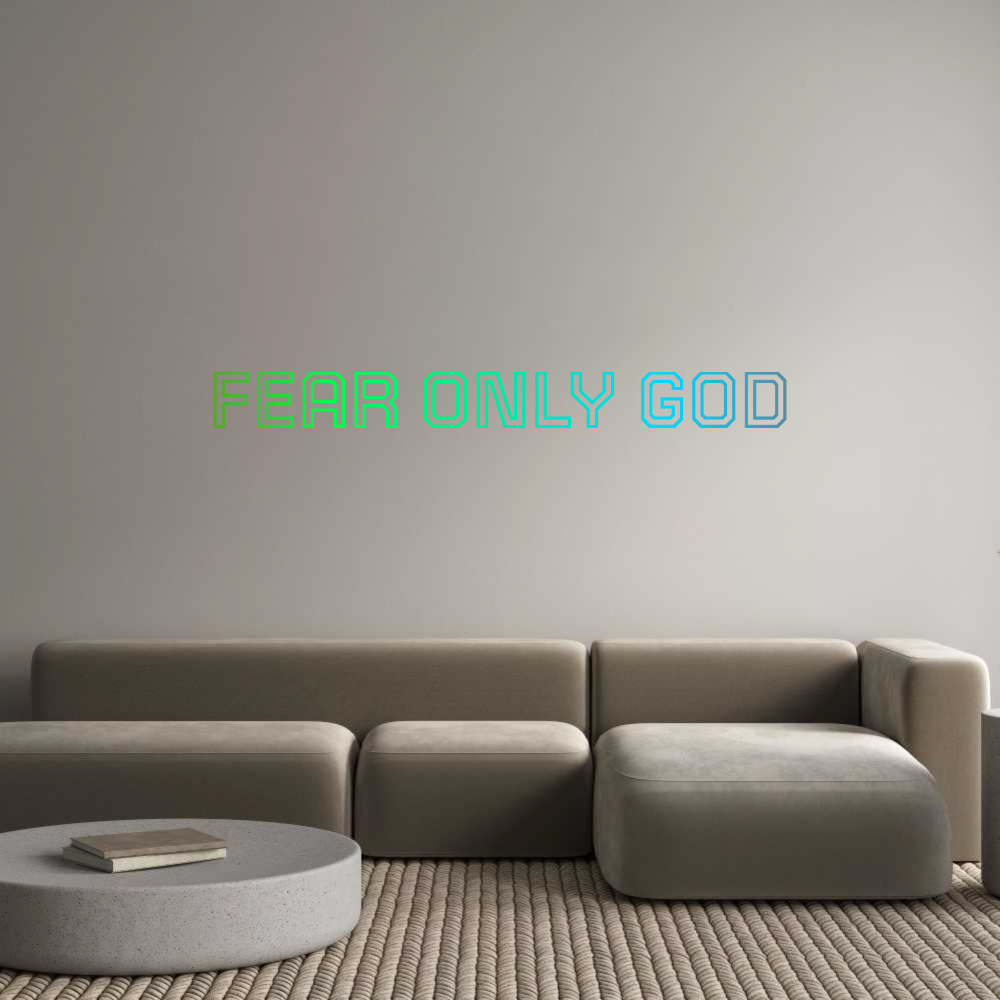
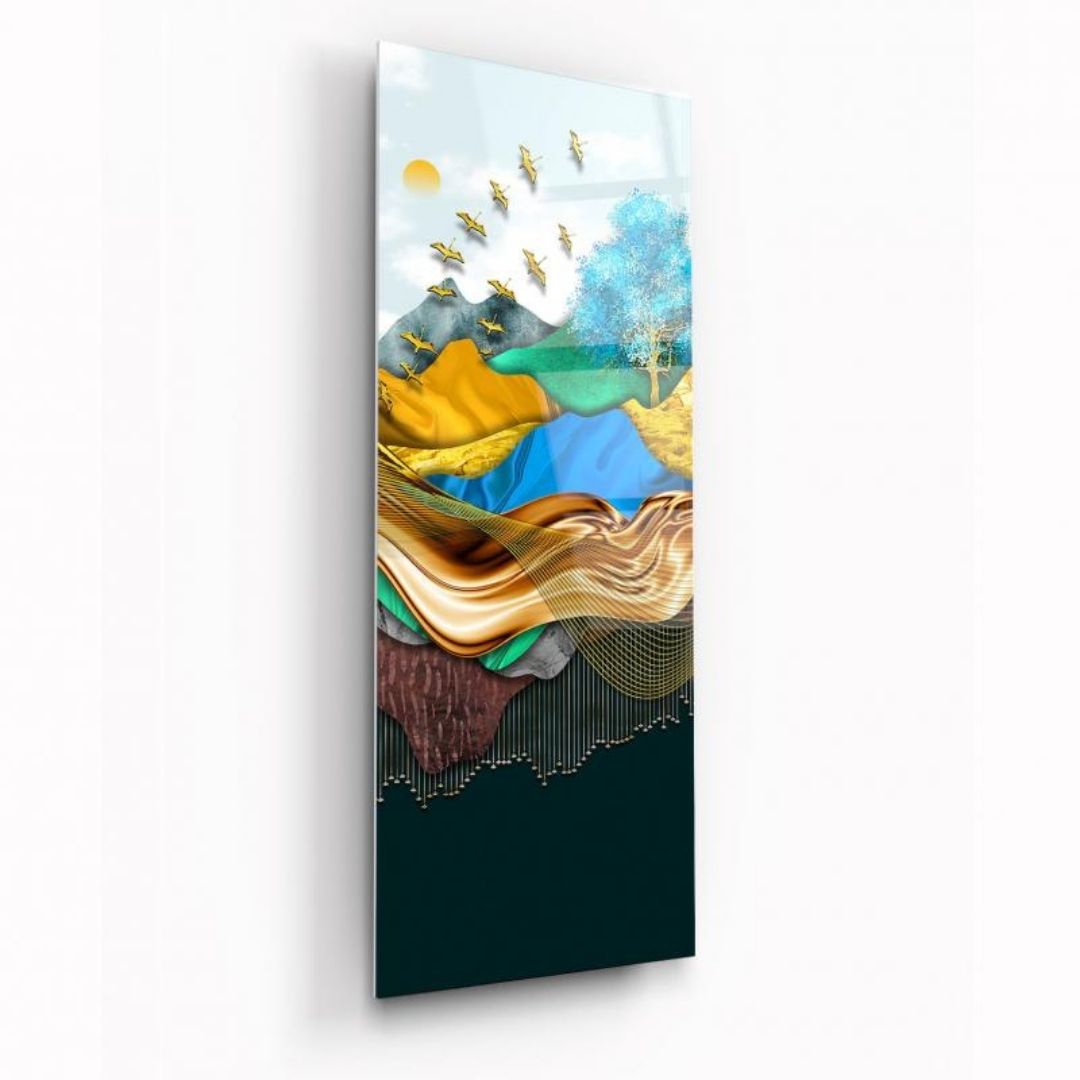
Leave a comment
All comments are moderated before being published.
This site is protected by hCaptcha and the hCaptcha Privacy Policy and Terms of Service apply.